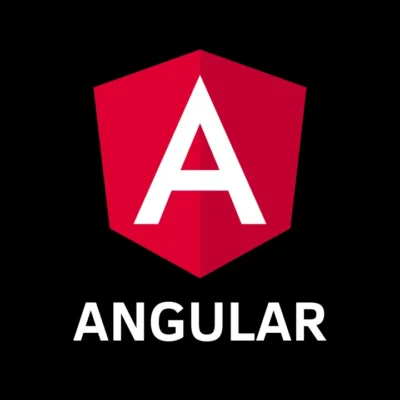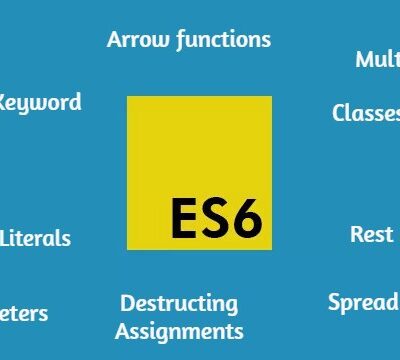Angular is a powerful and popular web development framework used to build dynamic single-page applications. If you’re new to Angular, it can seem overwhelming at first, but with the right guidance, you can quickly get started and build your first Angular application.
How to Get Started with Angular: A Complete Guide
In this post, we’ll cover the steps you need to follow to get started with Angular, including installing Angular CLI, creating a new Angular project, learning the basics of Angular, and building your first Angular application.
Prerequisite for Angular Installation
Before installing Angular, you need to make sure your system meets the following prerequisites:
- Node.js: Angular requires Node.js version 12.x or 14.x to be installed on your system. You can download Node.js from the official website: https://nodejs.org/en/download/
- npm: npm is the default package manager for Node.js, and it is used to install Angular CLI and other packages. npm is usually installed along with Node.js, but you can check the version by running the command:
npm -v- Angular CLI: Angular CLI is a command-line interface tool that helps you create, manage, and build Angular projects. You can install it globally using the following command:
npm install -g @angular/cli- Code editor: You need a code editor to write and edit your Angular application code. You can use any code editor, such as Visual Studio Code, Sublime Text, or Atom.
Once you have installed Node.js, npm, Angular CLI, and a code editor, you are ready to start building Angular applications.
You may like: Angular Interview Questions
How to create Angular project: Step by Step Guide
Step 1: Install Angular CLI
Angular CLI is a command-line interface tool that helps you create, manage, and build Angular projects. You can install it globally using the following command in your terminal or command prompt:
npm install -g @angular/cliThis command will install Angular CLI globally on your system, allowing you to use it in any project.
Step 2: Create a new Angular project
Once Angular CLI is installed, you can create a new Angular project by running the following command in your terminal or command prompt:
ng new my-projectThis command will create a new Angular project named my-project. It will take a few minutes to complete, as Angular CLI will install all the necessary dependencies and set up the project structure for you.
Step 3: Serve the Angular application
After creating the project, navigate to the project directory using the command cd my-project, and then run the following command to serve the Angular application:
ng serveThis command will start the development server, and you can view the application by navigating to http://localhost:4200 in your web browser.
Step 4: Learn the basics of Angular
To start developing Angular applications, you need to learn the basics of Angular, including components, templates, services, and modules. The official Angular documentation provides comprehensive and detailed information on each Angular feature. You can start by reading the Angular documentation and following the tutorials provided.
Step 5: Build your first Angular application
Once you have a good understanding of the Angular basics, you can start building your first Angular application by creating components, services, and modules. The best way to learn is by doing, so try to build a simple application that includes different Angular features.
Step 6: Join Angular communities
Join online Angular communities such as Stack Overflow, GitHub, and Reddit to learn from other developers and get help when needed. You can ask questions and get help from other developers in these communities, and also contribute to open source projects to improve your skills.
Prerequisite to learn Angular
To learn Angular, you need to have a basic understanding of HTML, CSS, and JavaScript. You should also have some knowledge of programming concepts such as functions, variables, loops, and data structures.
In addition, it’s recommended that you have some experience with TypeScript, a superset of JavaScript, as Angular is built using TypeScript. TypeScript is a statically typed language that helps you write cleaner and more maintainable code, and it’s becoming increasingly popular in the web development community.
Finally, it’s helpful to have some familiarity with web development frameworks such as AngularJS, React, or Vue.js. Although not necessary, this experience can help you understand the concepts and features of Angular better.
Overall, having a strong foundation in HTML, CSS, and JavaScript, as well as some knowledge of TypeScript and web development frameworks, can help you get started with Angular and make your learning journey easier. However, even if you don’t have experience in these areas, you can still learn Angular with dedication and practice.
Conclusion:
In conclusion, Angular is a powerful web development framework that can help you build dynamic single-page applications. By following the steps outlined in this blog post, you can get started with Angular and build your first Angular application. Remember to keep learning, practicing, and contributing to open source projects to improve your skills and stay up to date with the latest Angular developments.






2 Comments